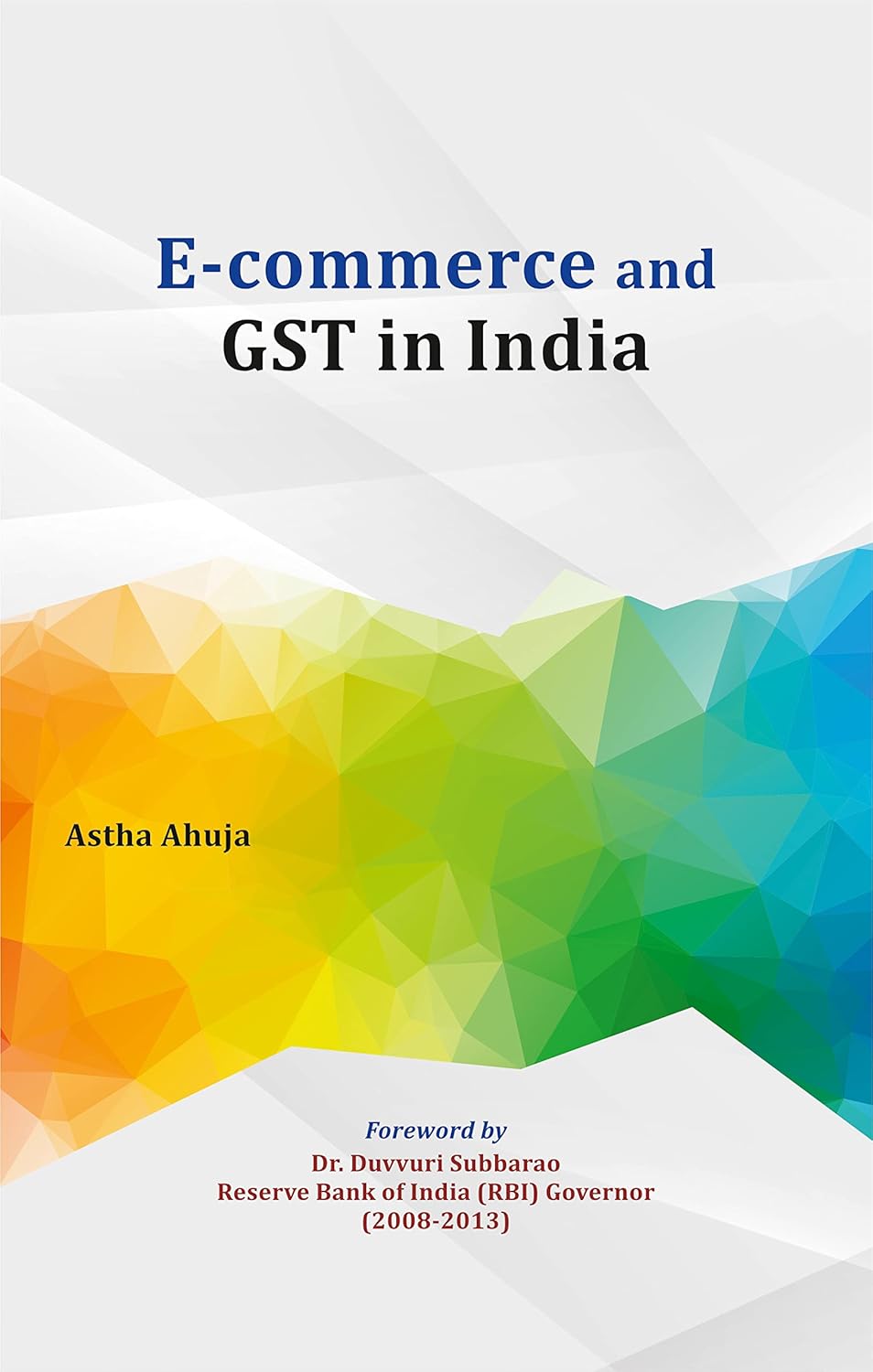E-commerce and GST in India
E-commerce and GST in India
Couldn't load pickup availability
For ages, business has been based on physical presence, and physical delivery of goods and services. In e-commerce (electronic commerce), neither physical presence is required nor physical delivery if services are digitized, such as software, videos, books, music and even newspapers and magazines. Suppliers can instead send the products in digital form over the internet, saving both time and cost. Hence, it is difficult to apply the traditional rules of taxation. E-commerce can be described as the marketing of products that occurs over the internet and mobile. E-commerce is a novel form of marketing which has been developed in conjunction with the ever-growing popularity of the internet and website marketing. Being a relatively new form of marketing in India, majority of corporations continue to market themselves with use of the traditional methods of print magazine advertisements and television commercials. Goods and Services Tax (GST) was introduced in India from July 1, 2017. GST is a tax on goods and services with comprehensive and continuous chain of set-off benefits up to the retailer level. It is essentially a tax only on value addition at each stage, and a supplier at each stage is permitted to set-off, through a tax credit mechanism, the GST paid on the purchase of goods and services.
Share

